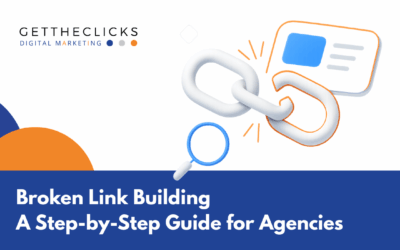You likely already know what SEO is—Search Engine Optimization. This is the process of organizing your keyword phrases, and content to boost the spot of your webpage on the search results. Ranking at the top is more than just keywords, though. SEO siloing can go a long way when it comes to getting to the top of the search engines.
Looking for an SEO company near Tampa?
What is an SEO silo?
It’s a form of SEO structure that revolves around organizing your webpages.
Benefits
The whole point of implementing an SEO silo structure is to guide your visitors and search engines through your website. This will also help your website rank better as search engines will be able to crawl and index your pages more effectively.
If you have one topic that you focus on, you will inevitably have related topics. For example, if you sell dog treats, you likely have other relevant articles on dog diets, health, and grooming. This all falls under the purview of topic relevance or having multiple interrelated pieces of content that your search engine finds to rank you higher.
With so many related topics linked together in an SEO silo structure, you will tend to have better search engine rankings.
Just having so many related articles means that you’ll have more words and phrases that search engines will catch on to. If there’s a specific thing that people are looking for, like what dog treats are best for dogs with allergies, this will redirect them to your page.
How to SEO silo
SEO silos work through a process of internal linking. This revolves around contextual links, or links in the middle of your article and within the content itself. When it comes to SEO silos, there are five types of SEO silo configurations you should know about.
Top-Down Recycle
Think of a chart in your mind: one topic at the top, which would be the homepage, and three subtopics (or supporting pages) underneath. Using the example of dog treats, maybe you would have subtopics like meat-based treats, healthy options for weight loss, and treats for dogs with allergies.
Then, you would subdivide your subtopics even further. Treats for allergies can be divided even further into treats without wheats or additives, or treats for sensitive stomachs.
Then you subdivide again and link down again, essentially having something like a little pyramid of interrelated topics.
All of these links connect together. If someone clicks on the bottom of the pyramid, they can link back to the top with one click.
Everything flows back to the top and the search engine believes that you’re more relevant and have more authority on the topic.
Reverse Silo Structure
The top-down structure may not be great for buyers who already know what they want to buy and are just interested in a specific article. This is where the reverse silo comes in. The reverse silo is a popular option, structured more or less the same but with everything linking back to the previous topic.
So, treats for allergies would link to treats for sensitive stomachs and back—in a reverse kind of link. When someone clicks on an external link, they will be able to find topics that are more specific or more general compared to their original topic, meaning more chances for them to interact with you and spend money.
Serial Silo Structure
This is sort of a circular linking process. Your main topic of dog treats would link down to the three subtopics, which link to each other and back to the main topic. This is not a very popular option as any link juice received by any of the pages would be very diluted and not as effective.
The Every Page Silo
This is the free-for-all silo where you link everything to everything. You simply insert internal links in your content whenever it’s relevant, no matter which page or category the content is on. This can be somewhat confusing because all of your internal links may not relate to each other, so you won’t necessarily have everything connected in a way that makes sense to people buying your products.
Priority Silo Structure
Using the priority silo is a more advanced option. Start by picking out some topics that people tend to search for a lot, like dog treats, and then dog treats for weight loss. You link these two pages back to each other—these are your priority pages.
You then find other relevant supporting pages that you can possibly link to the priority pages. They should be topically relevant pages that link back to the priority topics so that more people will click on them.
Prioritizing the main pages that give you the best ROI and pointing more links towards them means there are more ways that people can land on those pages from other parts of your website.
The Best Silo Configuration
Out of these five silo types, which should you choose? If you’re a beginner, the reverse silo is the best. It’s very easy to follow and gets you a good amount of traffic and topic relevance.
For something more advanced though, you’ll want to choose the priority silo, which does require more management effort to maintain.
Conclusion
When it comes to SEO tactics, there are many things you can do to improve your rankings on search engines. Planning out your website architecture is a good move and something as simple as interlinking your relevant pages through an SEO silo will go a long way. Not only will you get more traffic to your various pages as your readers follow internal links, but you’ll find better success with your search engine rankings as well.





